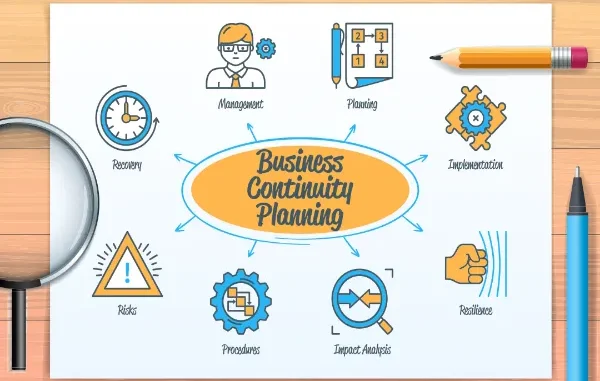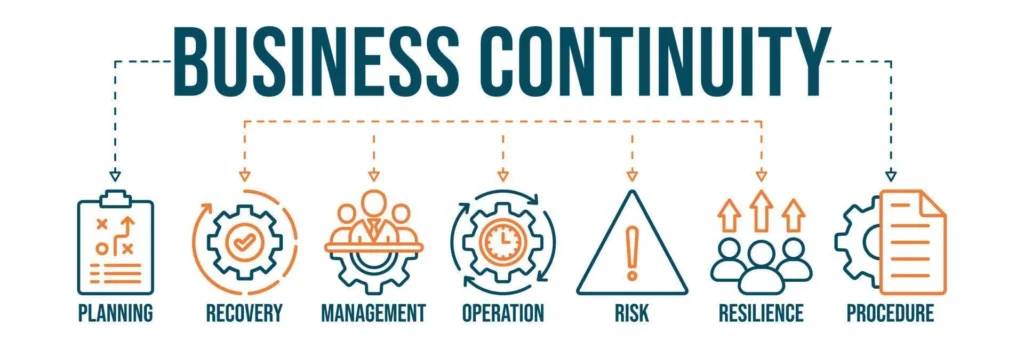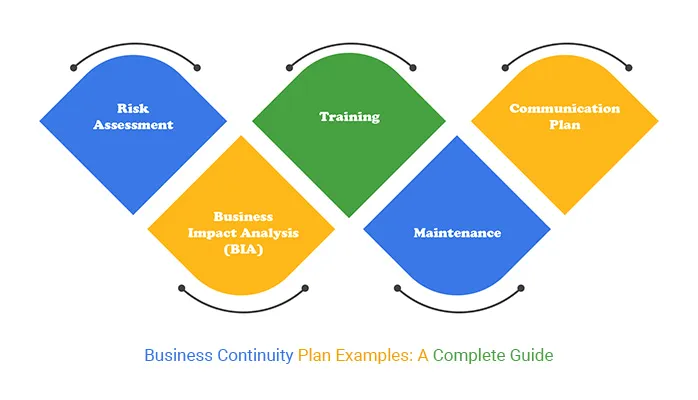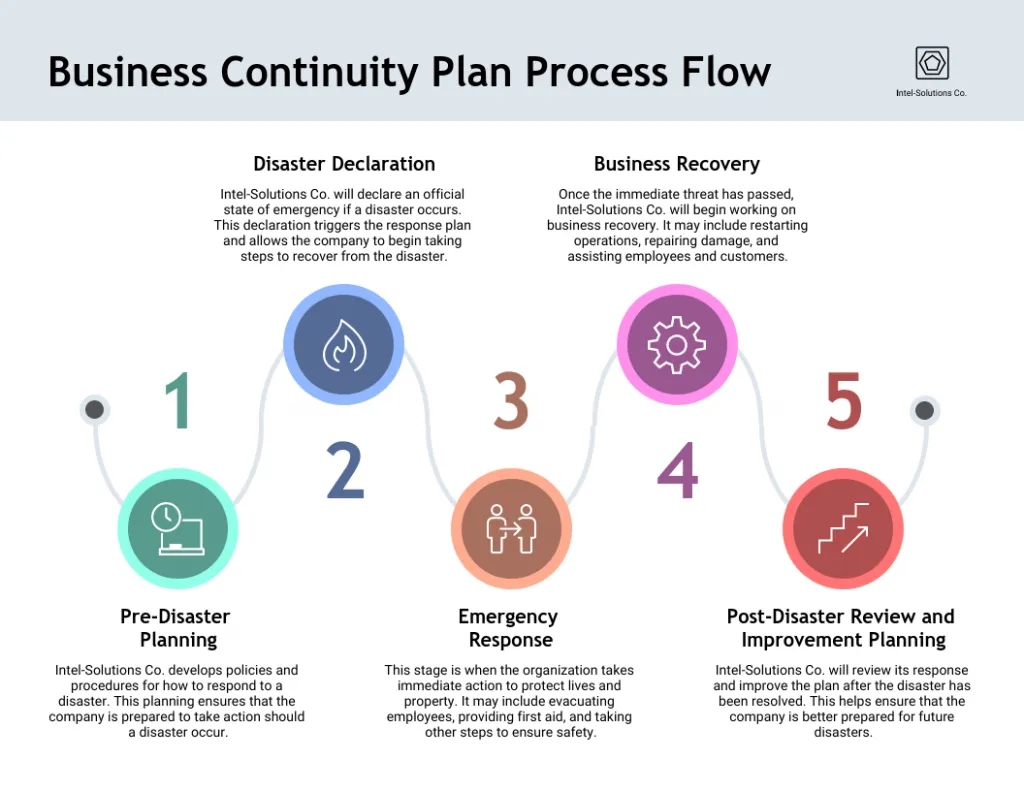
Don’t simply view a business continuity plan as simply a backup document. It’s a strategic framework, one that enables your organization to recover quickly and effectively from disruptions.
From cyberattacks and supply chain failures to even natural disasters, a strong business continuity plan means you remain operational while minimizing financial and reputational damage. Here are five practical steps to building a resilient plan for your company.

Step #1: Identify Critical Business Functions
The first step is to map out your organization’s core processes. These are the processes that are essential to the likes of revenue generation, compliance, and customer service. There are certain questions you should answer: Which functions must continue during a disruption? Which can be temporarily paused?
Along with key departments, important business functions should cover the likes of mission-critical apps and dependencies such as IT systems. Impact analysis can help you determine how long your business can survive without each function.
Step #2: Assess and Prioritize Risks
For businesses, more risks than ever exist in 2025. These range from global cyberattacks to climate-related events and evolving regulatory requirements. That’s why your next step should be to assess and prioritize these risks.
How do you complete this successfully? You should conduct a thorough risk assessment to identify the threats most likely to impact your operations. You could be at more risk of human error than, say, physical threats like floods or extreme weather. As part of your risk assessment, assign likelihood and impact scores to each risk and prioritize accordingly.
Step #3: Build Your Response Framework

Your business continuity plan should contain clear, actionable procedures for responding to each high-priority risk. It is recommended to include the following elements:
- Emergency response protocols
- Communication plans (internal and external)
- Data backup and restoration processes
- Alternate site or remote work strategies
- Key contact lists and decision-making hierarchies
This framework should be accessible and easy to follow, even in high-stress scenarios that place serious strain on your company.
Step #4: Strengthen Cyber Resilience

Cyberthreats continue to be a primary concern in business continuity. Staying protected these days requires more than standard backup and disaster recovery solutions. You should consider how your organization monitors and responds to cyber incidents in real time.
Here is where managed detection and response services can be an invaluable part of your continuity plan. Alongside 24/7 threat detection, MDR providers offer incident investigation and rapid remediation. The result: you contain cyberattacks before they escalate into full-scale business disruptions.
Investing in MDR can also support compliance efforts and reduce downtime. It can be an essential layer in your broader resilience strategy.
Step #5: Test, Train, and Update Regularly
It doesn’t matter how much effort you initially put into your plan. Leave it untouched in a folder, and it’s as good as no plan at all. Regular testing means your business continuity plan remains practical, relevant, and effective.
After each test, review performance and gather feedback. This information can then be used to update documentation accordingly. Just remember that as your business evolves, your continuity plan must be adapted at the same time.






Leave a Reply